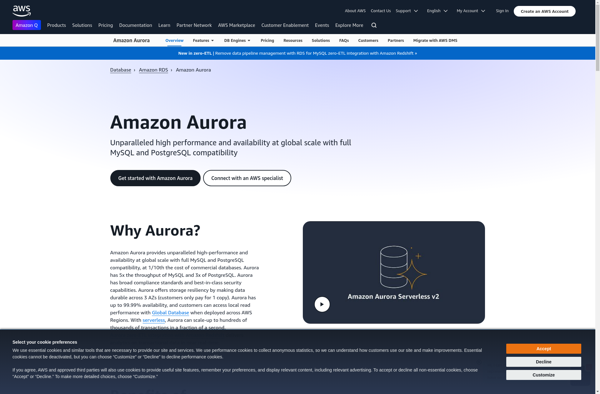EdgeDB

EdgeDB: Open-Source Object-Relational Database
An open-source graph database management system for declarative queries, flexible data modeling, horizontal scalability, and multi-tenancy support.
What is EdgeDB?
EdgeDB is an open-source object-relational database management system designed specifically for graph-like data models, flexible schemas, and complex queries. It combines the power and query capabilities of graph databases with the reliability and performance of relational databases.
Key features of EdgeDB include:
- Declarative query language EdgeQL based on GraphQL, allowing for complex data traversals and transformations
- Flexible data modeling using object-relational mapping of graphs into relations
- Horizontal scalability and native clustering support
- Multi-tenancy for managing multiple isolated databases under one database server
- Transactional integrity and consistency guarantees
- Type safety for ensuring code and database are in sync
- Integration of business logic into the database using schema-defined functions
EdgeDB is well-suited for modern applications with evolving data requirements across domains like social networking, recommendation engines, IoT, and knowledge graphs. Its graph-relational capabilities allow efficiently managing connected data at scale.
EdgeDB Features
Features
- GraphQL-based query language
- Flexible data modeling with objects, documents and graphs
- Horizontal scalability and multi-tenancy
- ACID transactions
- Type system with inheritance and composition
- Declarative schema migrations
Pricing
- Open Source
- Custom Pricing
Pros
Cons
Official Links
Reviews & Ratings
Login to ReviewThe Best EdgeDB Alternatives
Top Development and Databases and other similar apps like EdgeDB
Here are some alternatives to EdgeDB:
Suggest an alternative ❐SQLite
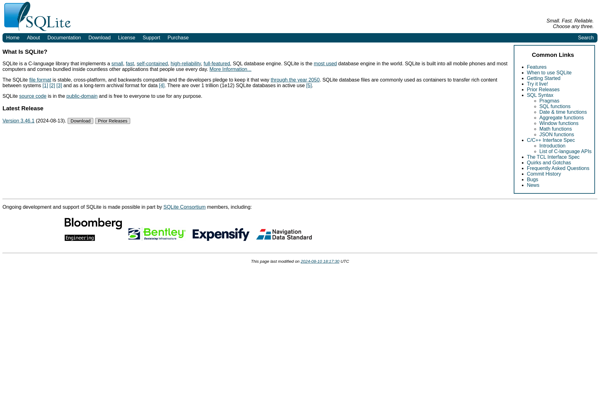
MongoDB
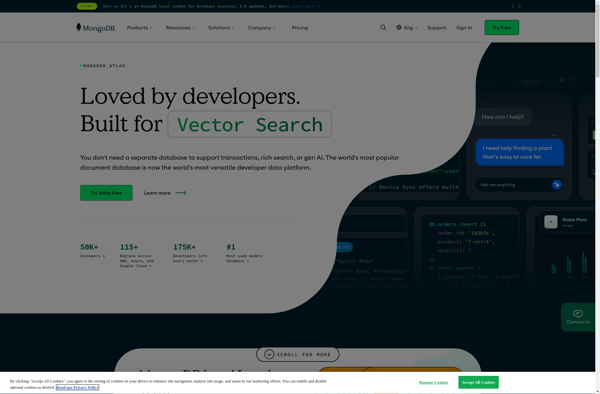
PostgreSQL
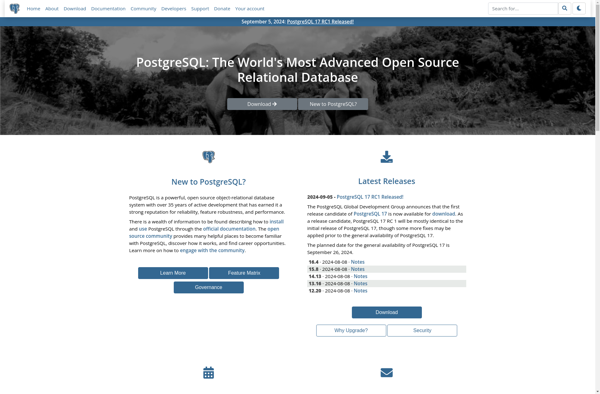
MySQL Community Edition
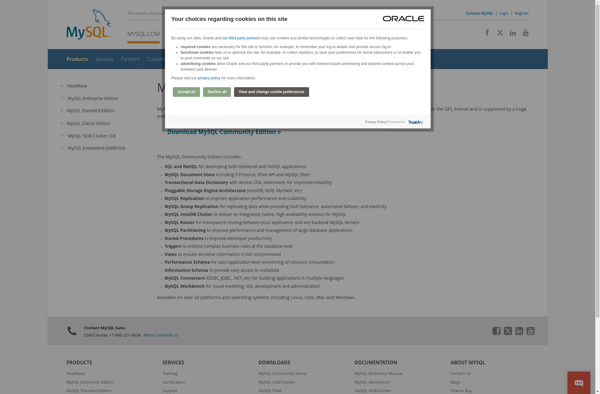
MariaDB
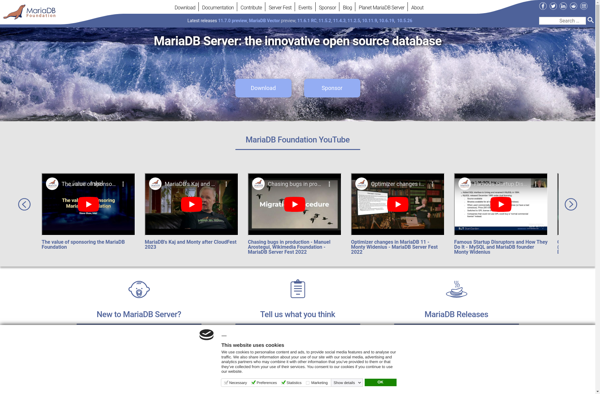
Apache Cassandra
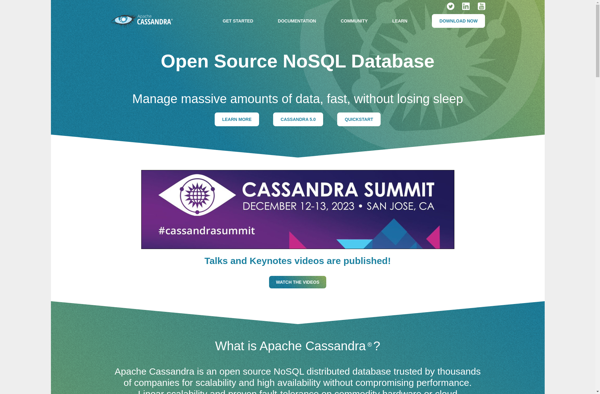
CouchDB
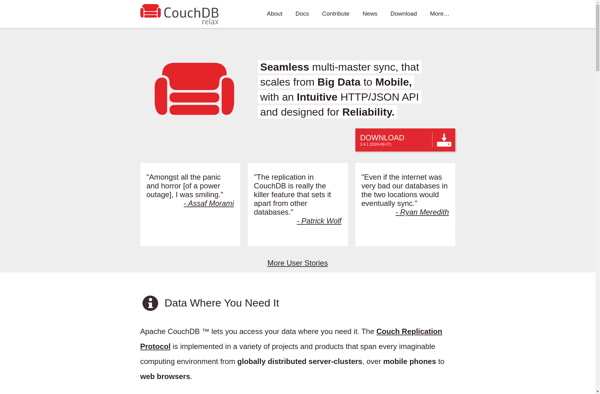
Microsoft SQL Server
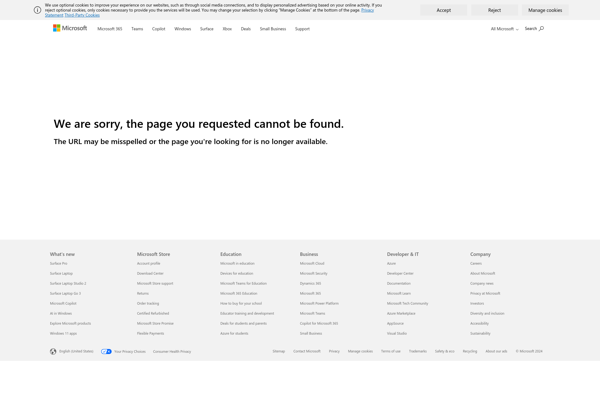
ArangoDB

ClusterControl
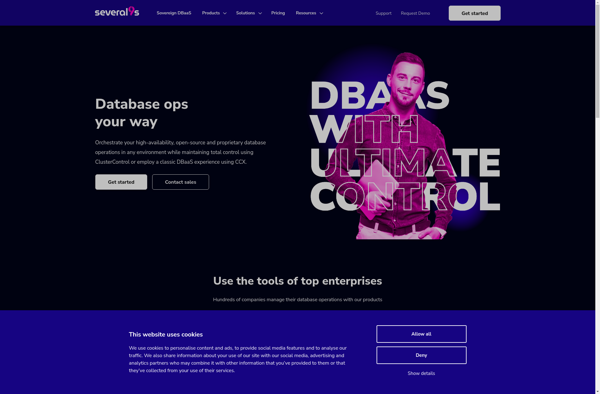
CrateDB
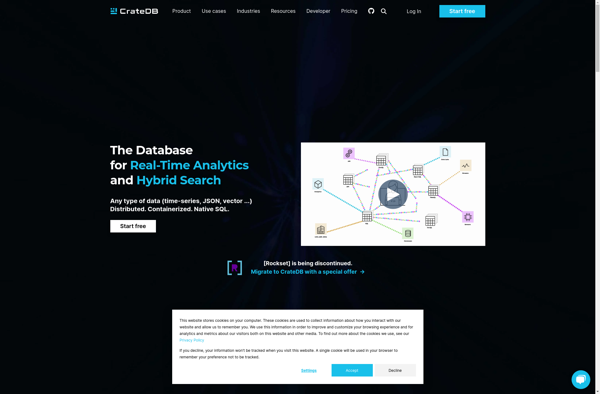
Barman
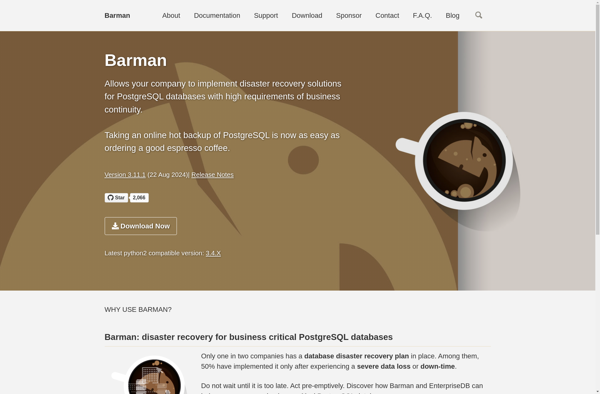
VistaDB
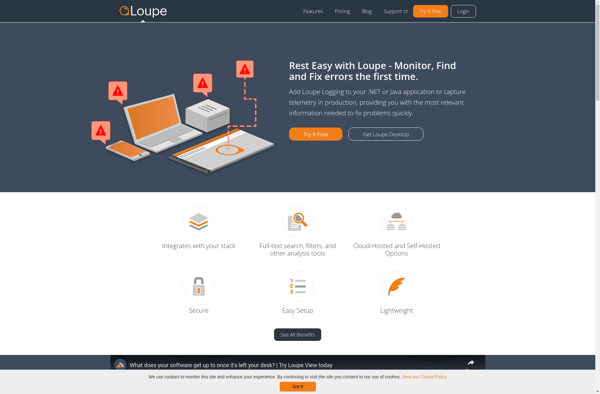
MemSQL
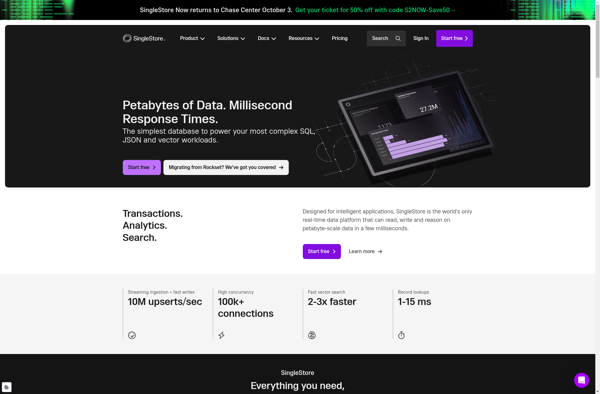
Oracle TimesTen
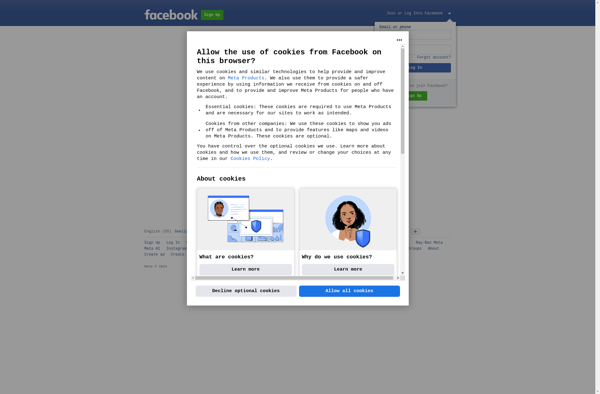
ScimoreDB
Pyzdb
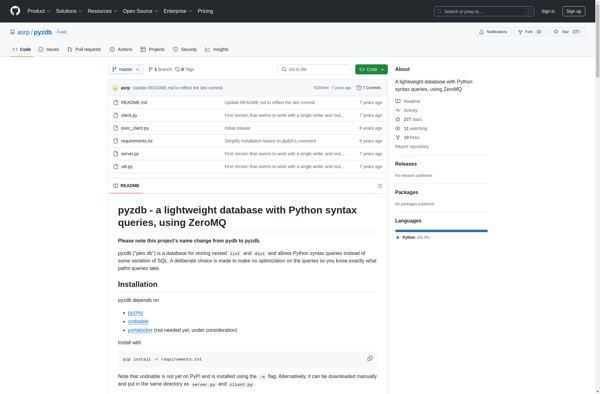
Tibero
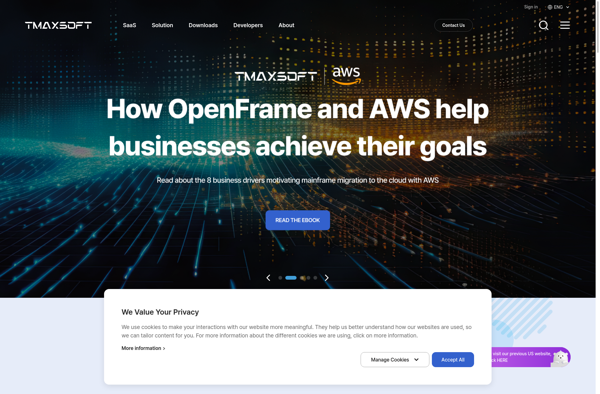
DropConfig

Amazon Aurora
